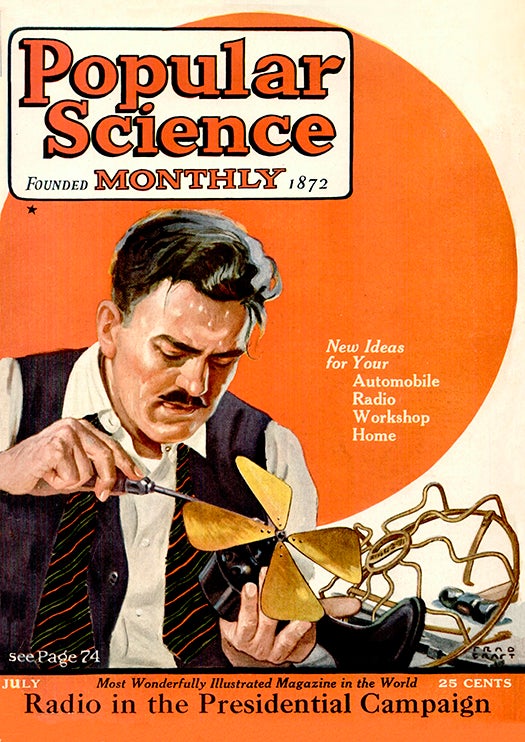A Short History Of The Flying Car
Because, seriously, what's the hold up?


Terrafugia Transition

Pal-V One

Samson Switchblade

Moller M400x Skycar
Because, seriously, what's the hold up?
By Davin Coburn |


Terrafugia Transition

Pal-V One

Samson Switchblade

Moller M400x Skycar
Like science, tech, and DIY projects?
Sign up to receive Popular Science's emails and get the highlights.
LET'S GO